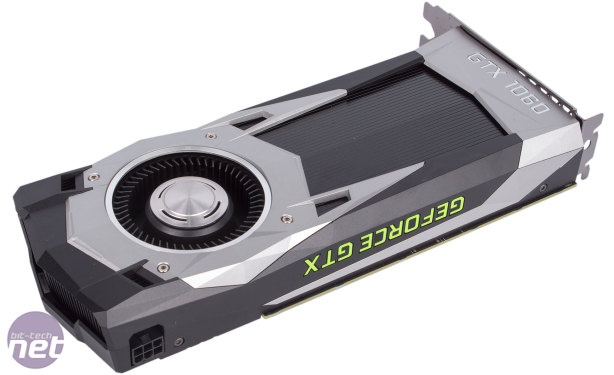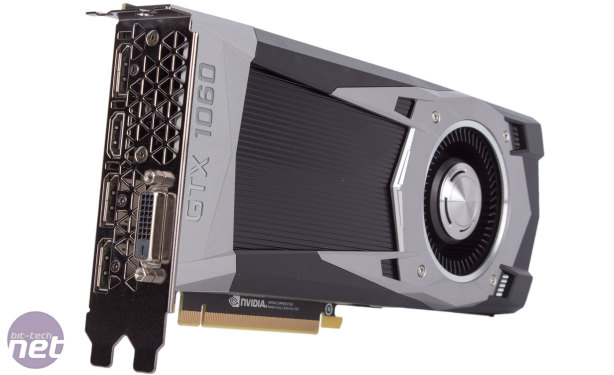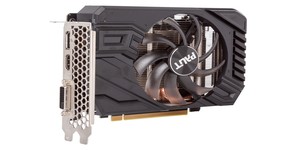
Performance Analysis
Compared with previous generation cards, the GTX 1060 emerges quite favourably. Across our games, it is 82 percent quicker than a GTX 960 and 15 percent faster than a GTX 970. The GTX 980, meanwhile, maintains a five percent lead on the GTX 1060 on average, but its advantage is less in the DX12 titles, showing that Nvidia has made some gains here in moving from Maxwell to Pascal.The most interesting comparison, however, is of course with AMD's competing card, the RX 480 8GB. Across the DirectX 11 titles, the GTX 1060 has a six percent lead, but in the DirectX 12 ones its average frame rates put it at a five percent disadvantage. With all games averaged out, there is actually no major difference overall between the two cards. It's a similar story with the 4GB SKU of the RX 480, for which we now have the numbers, although the GTX 1060 gains a little bit of ground.
Looking at the DirectX 12 titles more closely, we find that Nvidia's card is a little better at 1080p than the RX 480 8GB, but the two are neck and neck at 1440p and AMD takes the lead at 4K. Of course, it's only the first two resolutions that matter with a card of this calibre, as neither the GTX 1060 or RX 480 8GB is playable at 4K here. In our second DX12 title, Hitman, we see the GTX 1060's worst performance relative to AMD; even the RX 480 4GB beats it every time, though not by much. Our final DX12 game is Total War: Warhammer, and here again AMD has a slight edge, though the differences are small – the actual experience would be virtually the same. Importantly, the GTX 1060 has playable frame rates in all DX12 titles at 1440p.
Turning to the DirectX 11 titles, first up is Fallout 4 where the GTX 1060 performs best against AMD's offering. This gives it the advantage of remaining playable at 1440p (34fps minimum) where AMD's card can't quite manage it (29fps minimum). Elsewhere, performance differences are smaller. In The Witcher 3, for example, the GTX 1060 and RX 480 8GB share the same minimum frame rate in every test, though Nvidia manages a marginally higher average. The Division, which is our toughest benchmark, puts AMD's and Nvidia's performance pretty much in line with each other again. This is also the only title where the GTX 1060 is unable to remain playable at 1440p.
Our power consumption figures give the GTX 1060 a 30W lower peak power consumption than the RX 480 8GB, which makes sense since it is rated at 120W while AMD's card is a 150W part. Clearly, Nvidia has retained its efficiency advantage with the new generation of cards, although the difference is perhaps not quite as dramatic as it was with the last generation.
The cooler had little trouble dispensing with the heat kicked out by the GTX 1060. The 54°C delta T is pretty healthy, and with the radial fan hitting around 2,000 RPM under load the card was pleasingly quiet.
Our decent overclocked frequencies saw improvements of between 11 and 15 percent in our benchmarks. Power consumption only rose a little to 284W when the card was overclocked, and the real boost frequency in game peaked at 2,100MHz but averaged out typically to 2,025MHz once it heated up a bit. The overclocked performance is strong, and allows the GTX 1060 to comfortably overtake a reference GTX 980. That said, an overclocked RX 480 8GB is able to keep pace with Nvidia's offering.

MSI MPG Velox 100R Chassis Review
October 14 2021 | 15:04










Want to comment? Please log in.